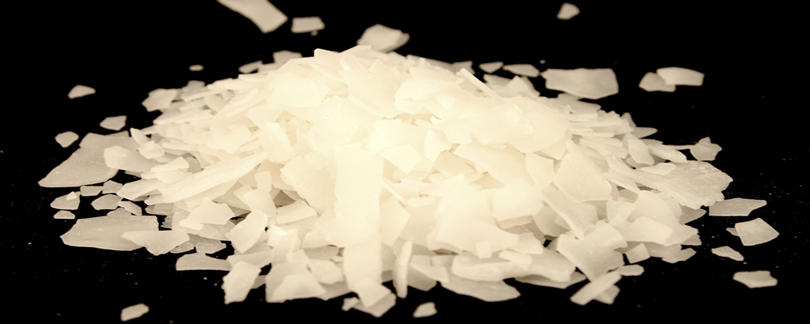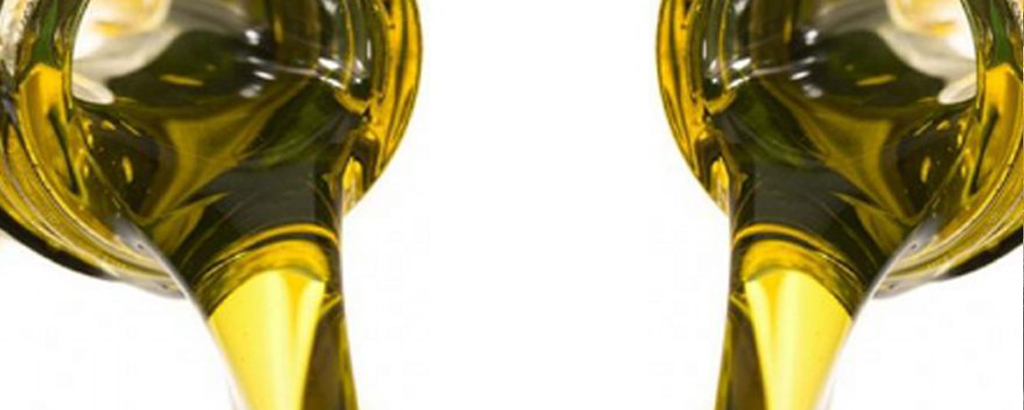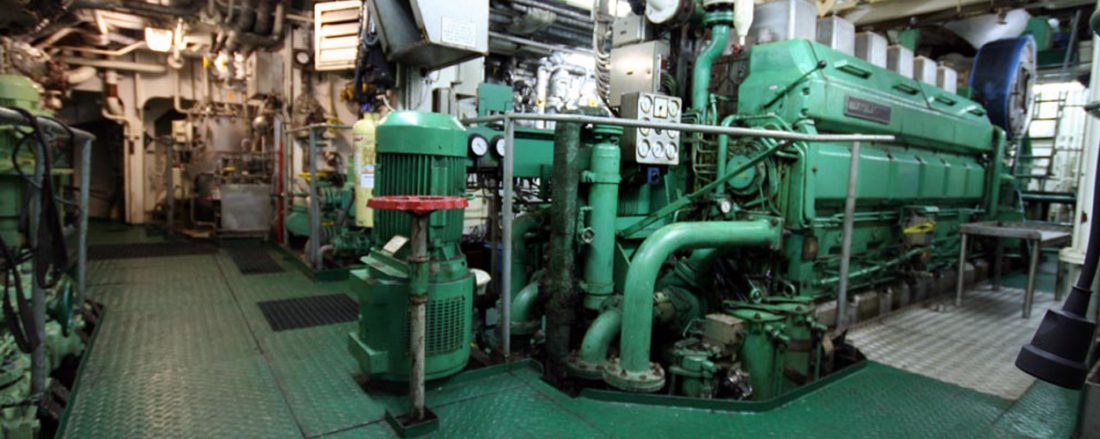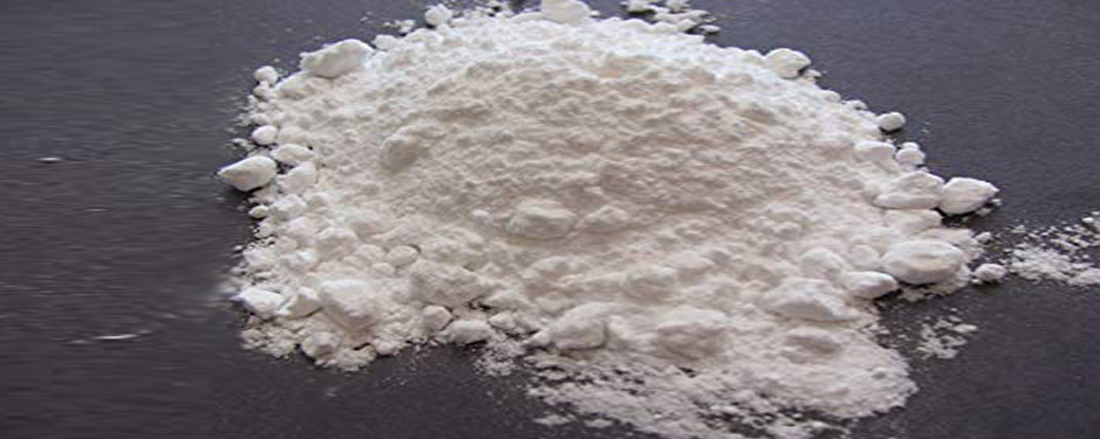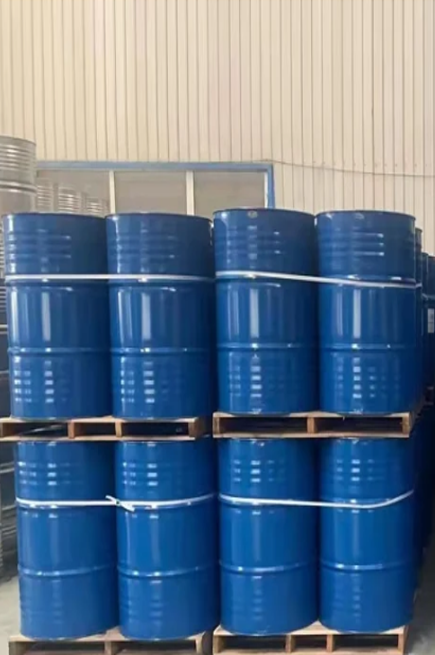[CHLOROFORM] manufacturers, suppliers, exporters in Mumbai, Gandhidham, Kolkata, Varanasi, Visakhapatnam, Chennai, Fujairah, Dubai, Canada BC, Barka, Sohar, Muscat, Oman.
Chloroform or trichloromethane, is an organic compound with formula CHCl₃. It is a colorless, strong-smelling, dense liquid that is produced on a large scale as a precursor to PTFE. It is also a precursor to various refrigerants. It is one of the four chloromethanes and a trihalomethane.
While handling chloroform, one must follow safety procedures. Chloroform is often formed as a by-product during the process of water chlorination along with a range of other disinfection by-products and thus is present in municipal tap water and swimming pools. Chloroform when orally ingested, inhaled, or on dermal exposure can cause sores as a result of defatting. The accidental splashing of chloroform into the eyes is found to cause severe irritations. Chloroform is also found to be carcinogenic to humans.
The toxic dose of chloroform is 7 to 25 mg/dL (0.59 to 2.1 mmol/L). At inhaled concentrations of less than 1500 ppm, physical effects of dizziness, tiredness, and headache are reported; anesthesia occurs at a range of 1500 to 30,000 ppm.





